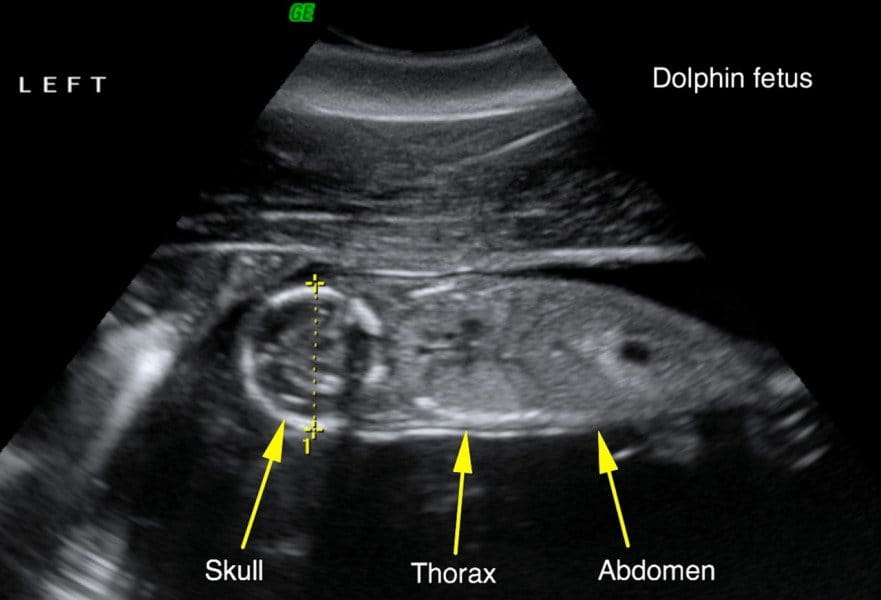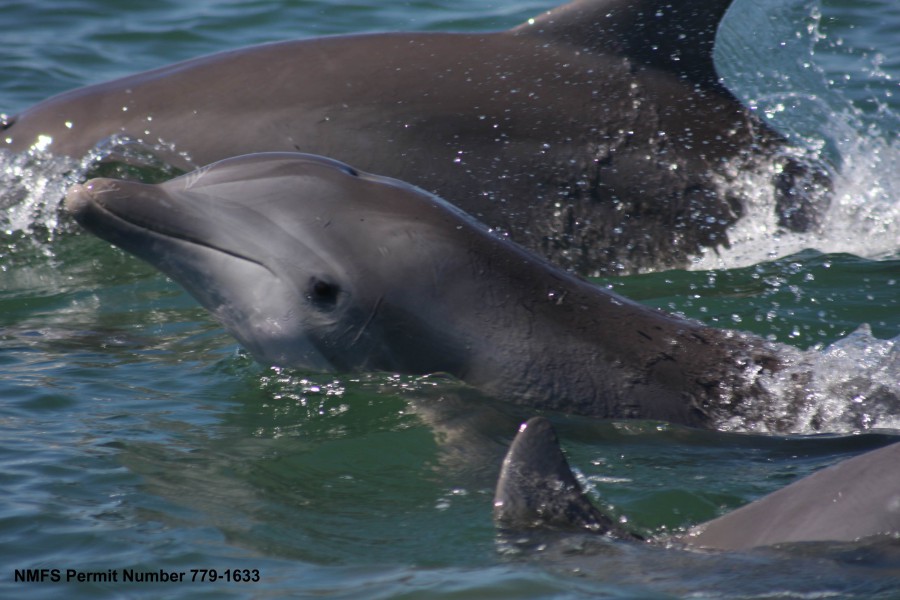- During a health assessment of bottlenose dolphins in 2011 following BP oil spill, researchers found that 10 of 32 sampled dolphins were pregnant.
- Researchers monitored the dolphins for next four years and found that only two produced viable calves.
- Researchers even observed one female dolphin pushing her dead baby in the water.
Hundreds of dead bottlenose dolphins continue to wash ashore, five years after the catastrophic Deepwater Horizon oil spill in the Gulf of Mexico in 2010. Of the dolphins that have managed to survive in the oil-contaminated waters, many are failing to reproduce, according to a new study published today in the Proceedings of the Royal Society B. The study was led by the U.S.’s National Oceanic and Atmospheric Administration (NOAA).
“The population has not only lost adult (reproductive) females that died following the spill, but this study now shows that the remaining females are not able to birth calves at a normal rate,” co-author Lori Schwacke, a wildlife epidemiologist, told Mongabay in an email statement.
In 2011, as part of the Deepwater Horizon Natural Resource Damage Assessment (NRDA), researchers from NOAA and other institutes assessed health of 32 bottlenose dolphins in Barataria Bay, Louisiana, in the Gulf of Mexico, and found that most dolphins showed high prevalence of lung diseases and other health disorders.
Using ultrasound, the team also found that 10 dolphins were pregnant. The researchers measured the dolphin fetus skulls to estimate the dates they might be born, and released the dolphins back into Barataria Bay.

To find out how many pregnant dolphins successfully gave birth to viable calves, Schwacke and her team monitored the dolphins’ movements for the next four years. Since a newborn dolphin swims in close proximity to its mother, an associated calf is straightforward to identify, Schwacke said.
The team found that only two of the ten pregnant dolphins had successfully given birth to babies. This rate of reproduction is unexpectedly low, the authors write.
“Only 20% of the pregnant dolphins that were sampled in 2011 produced viable calves,” Schwacke said. “In comparison, a previously reported study in Sarasota Bay, Florida reported a pregnancy success rate of around 83%. So that’s an approximately 60% lower pregnancy success for dolphins in Barataria Bay as compared to a reference site.”
The team even observed one dolphin pushing her dead baby in the bay waters, a behavior that’s been observed in other female dolphins towards their dead calves, the authors write.

The most likely cause of this lower than normal reproduction rate is the BP oil spill, according to the researchers.
“The dolphins that were followed had been diagnosed with Deepwater Horizon oil-associated health issues (specifically, lung disease and adrenal issues) that are known to affect pregnancy outcomes,” Schwacke said.
“In addition, adverse reproductive effects are consistent with what has been seen in previous laboratory studies following exposure to petroleum or petroleum-associated chemicals, and high rates of pregnancy failure were also observed in sea otters following the Exxon Valdez oil spill. Finally, we have ruled out other potentially contributing factors such as harmful algal toxins, and exposure to persistent organochlorine pollutants,” she added.
The study also found that the survival rate for these dolphins was lower than that reported for other bottlenose dolphin populations, such as those near Charleston in South Carolina and Sarasota Bay in Florida.
“This finding was not a huge surprise because we knew from the increased stranding rate of dolphins in this area that dolphin mortality had been increased since the Deepwater Horizon oil spill,” Schwacke said.

Such low rates of reproduction and survival are problematic. They indicate that dolphin and other marine populations that were exposed to the BP oil spill will take a long time to recover, Schwacke said.
Such findings have “important implications not only for Barataria Bay dolphins, but also for other cetacean populations that were exposed to the Deepwater Horizon oil, and populations that may be exposed to future oil spills,” she added. “It will be important to continue to monitor the Barataria Bay dolphins to better understand recovery of cetacean populations following oil-spill events.”
Citation:
- Lane S.M., et al (2015) Reproductive outcome and survival of common bottlenose dolphins sampled in Barataria Bay, Louisiana, USA, following the Deepwater Horizon oil spill. Proc. R. Soc. B. DOI: 10.1098/rspb.2015.1944.